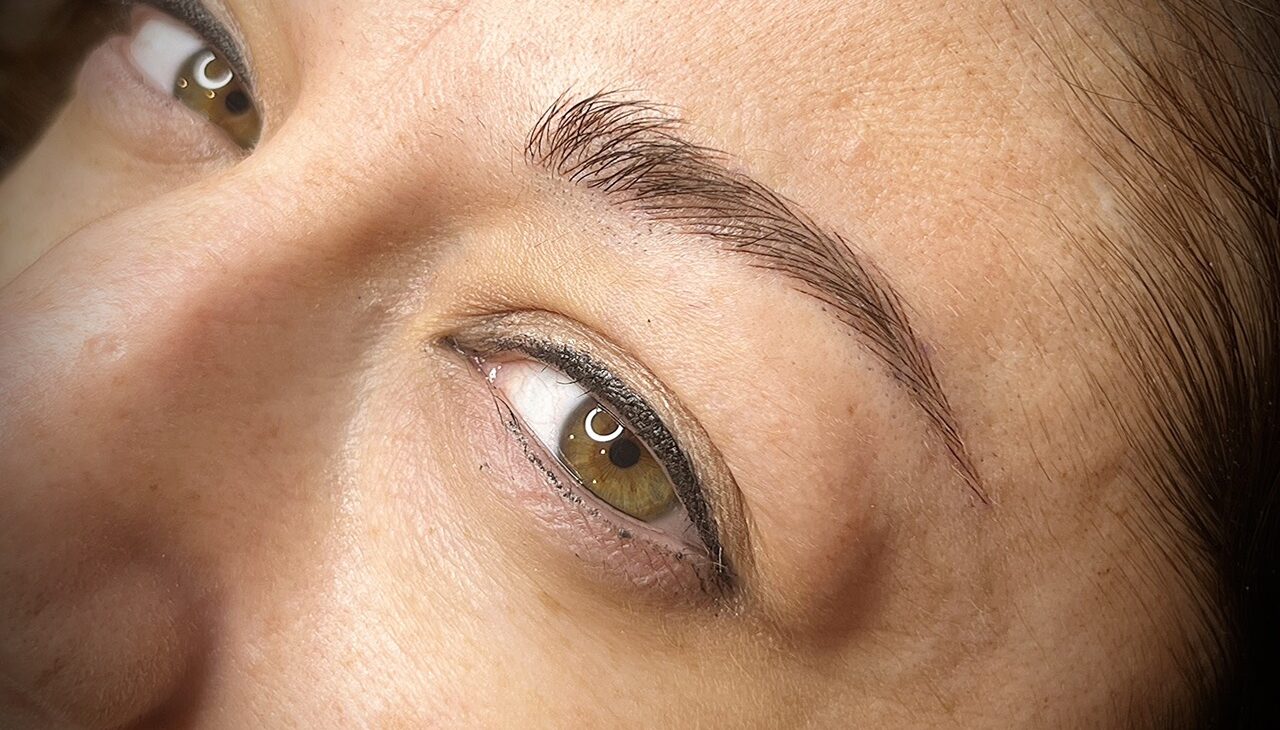Correcting past work by another artist can often be more challenging and time-consuming than creating new eyebrows from scratch for several reasons:
1. **Existing Tattoo/Pigment:** Correcting previous work means working with an existing layer of pigment or tattoo. The artist needs to navigate through and modify the existing color and shape, which can be intricate and delicate.
2. **Uneven or Unnatural Shape:** If the previous work resulted in an uneven or unnatural shape, the correction process involves not just adding new strokes but also strategically adjusting the existing ones to achieve a more balanced and harmonious look.
3. **Color Correction:** Incorrect pigments or faded colors may need to be corrected. Achieving the desired color can be a gradual process, requiring multiple sessions to layer pigments and achieve the desired hue.
4. **Scar Tissue and Skin Changes:** The skin's response to the initial procedure, including the development of scar tissue, can complicate correction work. Scar tissue may not retain pigment as well, and the artist needs to adapt their technique accordingly.
5. **Client Expectations and Communication:** Corrective work often involves managing client expectations and addressing concerns from their previous experience. Clear communication and understanding the client's desired outcome are crucial to avoid disappointment.
6. **Multiple Sessions:** Achieving the desired results may require multiple sessions over an extended period. Each session builds upon the previous one, allowing the artist to make gradual adjustments and enhancements.
7. **Skill and Expertise:** Corrective work demands a high level of skill and expertise from the artist. They must analyze the existing work, identify areas that need improvement, and implement changes without causing further complications.
8. **Time Investment:** The correction process can take longer due to the careful and meticulous approach required. Artists may need to take extra time to assess, plan, and execute corrections effectively.
9. **Removal Techniques:** In some cases, artists might need to employ removal techniques to lighten or remove existing pigments before applying new ones. This adds an extra layer of complexity to the correction process.
All these factors contribute to the increased effort, time, and cost associated with correcting past work. It's essential for both the artist and the client to have a clear understanding of the challenges involved in the correction process and to approach it with realistic expectations.








